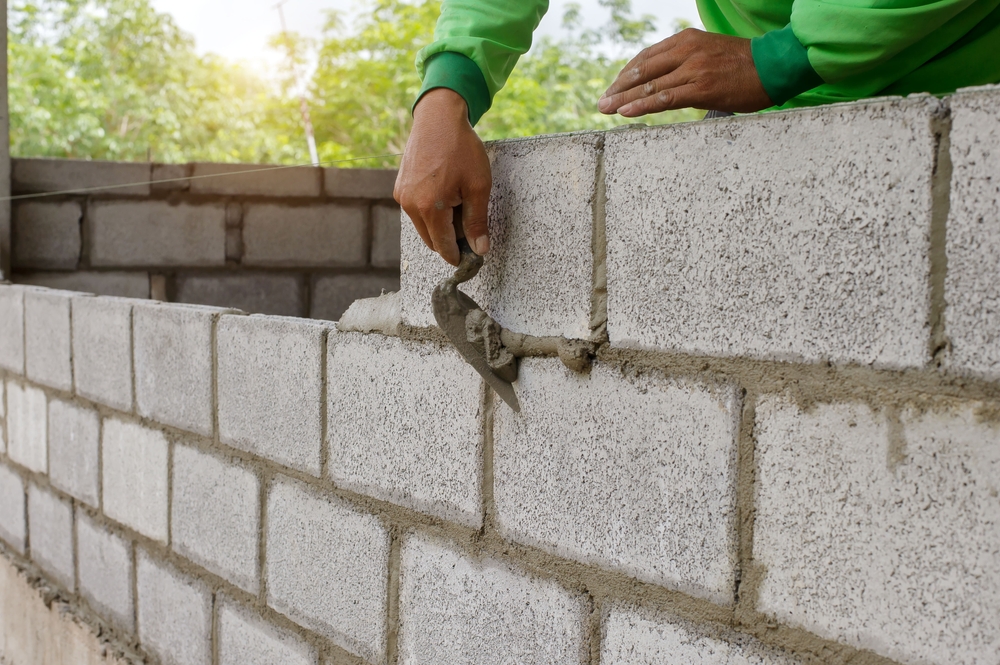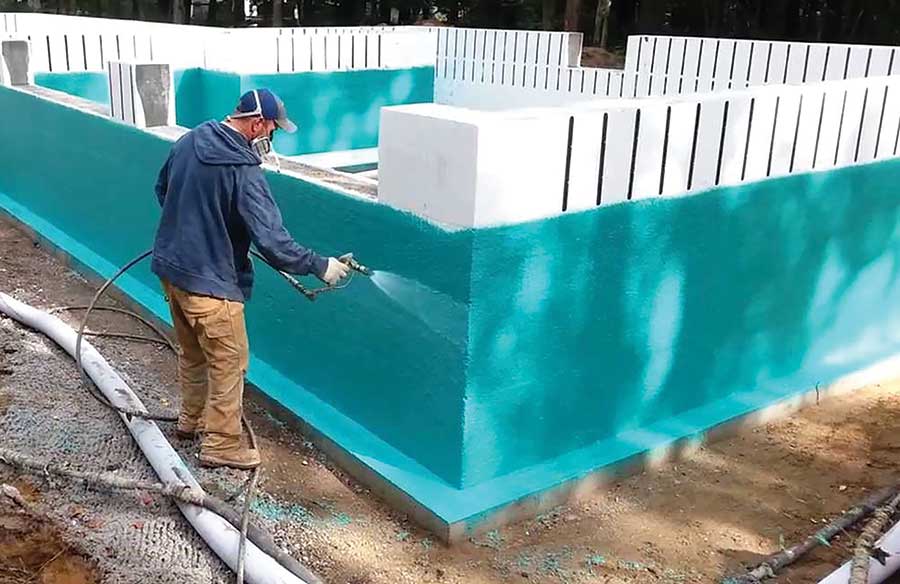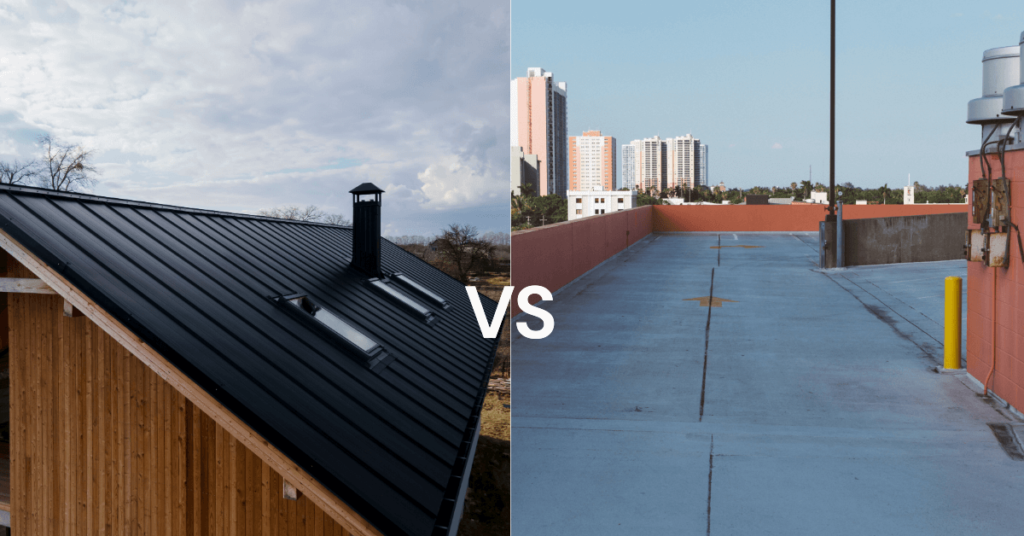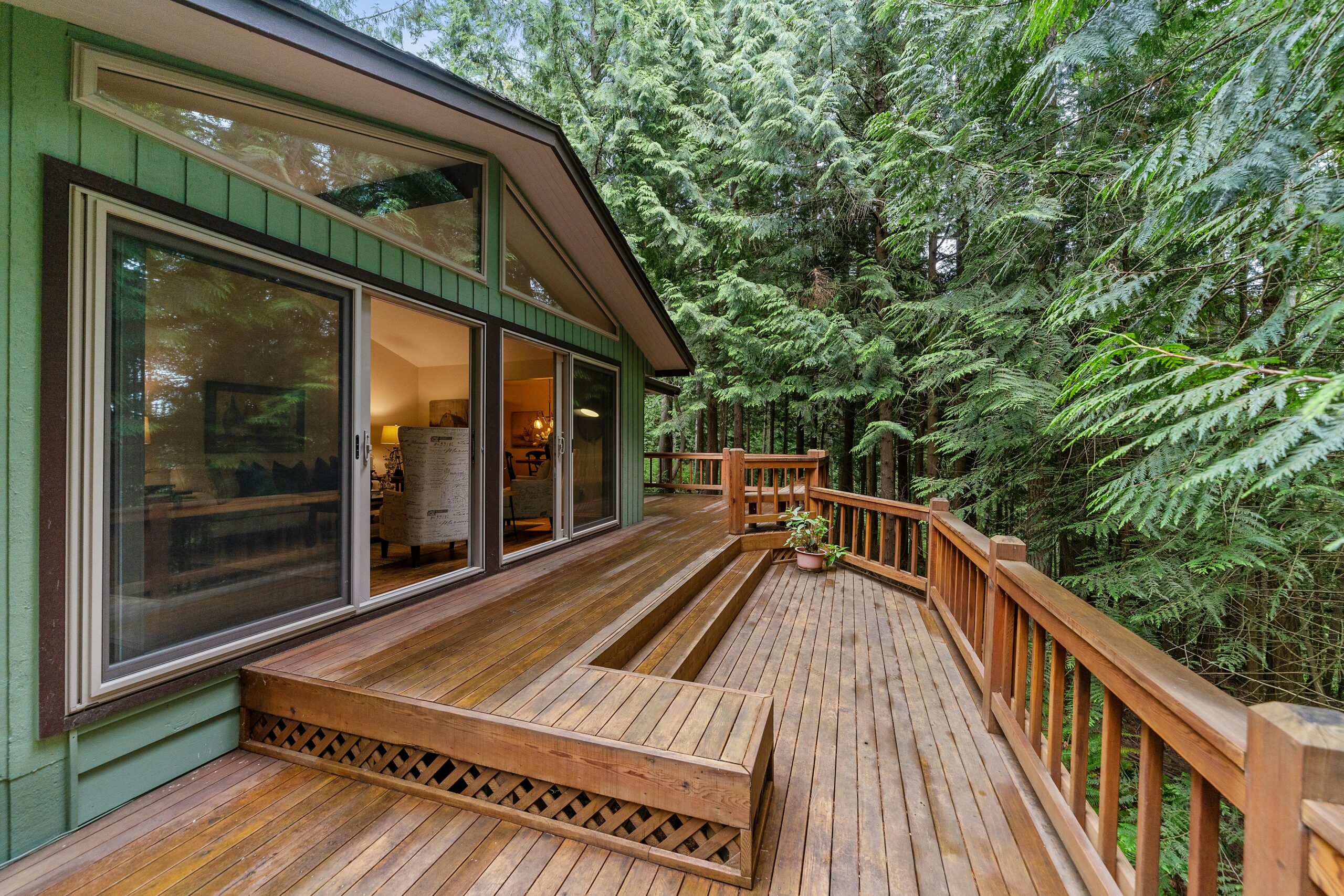Selecting the right siding material for your New Jersey home is one of the most important decisions you’ll make as a homeowner. Your siding not only defines your home’s appearance but also serves as its first line of defense against New Jersey’s challenging climate. With options ranging from traditional vinyl to premium fiber cement and everything in between, making the right choice requires careful consideration of multiple factors. At American Supreme Construction, we’ve helped countless New Jersey homeowners navigate this decision, and we understand the unique considerations that matter in our state’s diverse climate.
Understanding New Jersey’s Siding Challenges
Climate Considerations
New Jersey’s climate presents unique challenges that influence siding selection:
Temperature Extremes:
- Summer highs reaching 90°F+
- Winter lows dropping below 0°F
- Significant temperature fluctuations
- Freeze-thaw cycles that stress materials
Moisture and Humidity:
- Annual rainfall of 45-50 inches
- High humidity levels, especially in coastal areas
- Coastal salt air exposure
- Seasonal storms and hurricanes
Environmental Factors:
- UV exposure and sun damage
- Wind exposure and storm damage
- Pollution in urban areas
- Tree debris and organic matter
Performance Requirements
Your siding must withstand:
- Water infiltration and moisture damage
- Thermal expansion and contraction
- Impact damage from storms and debris
- UV degradation and color fading
- Insect and pest damage
Popular Siding Materials: Pros and Cons
Vinyl Siding
Advantages:
- Cost-effective option
- Low maintenance requirements
- Wide variety of colors and styles
- Easy installation and repair
- Good resistance to moisture
Disadvantages:
- Limited lifespan (20-40 years)
- Susceptible to cracking in extreme cold
- Can fade and deteriorate over time
- Less environmentally friendly
- Limited insulation properties
Best For:
- Budget-conscious homeowners
- Low-maintenance preferences
- Standard residential applications
- Areas with moderate weather
Cost Range:
- $3-8 per square foot installed
- Lower initial investment
- Higher long-term replacement costs
Fiber Cement Siding
Advantages:
- Excellent durability and longevity
- Resistant to rot, insects, and fire
- Low maintenance requirements
- Authentic wood appearance
- Good weather resistance
Disadvantages:
- Higher initial cost
- Requires professional installation
- Heavier material weight
- Limited color options
- Potential for moisture absorption
Best For:
- Long-term homeowners
- Areas with severe weather
- Fire-prone regions
- Premium appearance goals
Cost Range:
- $8-15 per square foot installed
- Higher initial investment
- Excellent long-term value
Wood Siding
Advantages:
- Natural, timeless appearance
- Excellent insulation properties
- Repairable and refinishable
- Environmentally friendly
- Authentic character
Disadvantages:
- High maintenance requirements
- Susceptible to rot and insects
- Requires regular painting/staining
- Higher long-term costs
- Fire risk concerns
Best For:
- Traditional home styles
- Natural material preferences
- Areas with moderate weather
- Custom design requirements
Cost Range:
- $8-20 per square foot installed
- Moderate initial cost
- High maintenance costs over time
Engineered Wood Siding
Advantages:
- More stable than natural wood
- Lower maintenance than solid wood
- Good weather resistance
- Authentic wood appearance
- Cost-effective alternative
Disadvantages:
- Still requires some maintenance
- Limited lifespan compared to other materials
- Potential for moisture damage
- Less repairable than solid wood
Best For:
- Wood appearance on a budget
- Moderate maintenance preferences
- Standard residential applications
- Areas with moderate weather
Cost Range:
- $6-12 per square foot installed
- Moderate initial investment
- Moderate long-term costs
Metal Siding
Advantages:
- Excellent durability and longevity
- Superior weather resistance
- Low maintenance requirements
- Fire-resistant properties
- Modern appearance options
Disadvantages:
- Higher initial cost
- Can dent and scratch
- Limited style options
- Potential for rust in coastal areas
- Industrial appearance
Best For:
- Modern architectural styles
- Areas with severe weather
- Commercial applications
- Long-term durability needs
Cost Range:
- $10-20 per square foot installed
- Higher initial investment
- Excellent long-term value
Brick and Stone Veneer
Advantages:
- Exceptional durability and longevity
- Classic, timeless appearance
- Excellent weather resistance
- Low maintenance requirements
- High resale value
Disadvantages:
- Highest initial cost
- Requires professional installation
- Limited design flexibility
- Heavy material weight
- Complex installation process
Best For:
- Premium homes
- Long-term investment
- Classic architectural styles
- Maximum durability requirements
Cost Range:
- $15-30 per square foot installed
- Highest initial investment
- Best long-term value
Material Comparison for New Jersey Climate
Performance Ratings
| Material | Weather Resistance | Maintenance | Durability | Cost | ROI |
|---|---|---|---|---|---|
| Vinyl | Good | Low | Fair | Low | Fair |
| Fiber Cement | Excellent | Low | Excellent | Medium | Excellent |
| Wood | Fair | High | Fair | Medium | Good |
| Engineered Wood | Good | Medium | Good | Medium | Good |
| Metal | Excellent | Low | Excellent | High | Excellent |
| Brick/Stone | Excellent | Low | Excellent | Very High | Excellent |
Climate-Specific Considerations
Coastal Areas:
- Salt air resistance required
- Wind resistance important
- Moisture resistance critical
- UV resistance necessary
Northern New Jersey:
- Freeze-thaw resistance
- Snow and ice considerations
- Temperature fluctuation handling
- Moisture management
Urban Areas:
- Pollution resistance
- Low maintenance requirements
- Fire resistance considerations
- Noise reduction benefits
Factors to Consider When Choosing Siding
Budget Considerations
Initial Investment:
- Material costs
- Installation labor
- Additional materials (insulation, flashing)
- Permit and inspection fees
Long-Term Costs:
- Maintenance requirements
- Repair costs
- Replacement timeline
- Energy efficiency impact
Return on Investment:
- Resale value impact
- Energy savings
- Maintenance cost savings
- Property value appreciation
Aesthetic Preferences
Architectural Style:
- Traditional vs. modern
- Neighborhood consistency
- Personal taste preferences
- Future design plans
Color and Texture:
- Color permanence
- Texture options
- Style versatility
- Customization possibilities
Curb Appeal:
- First impression impact
- Resale value considerations
- Neighborhood standards
- Personal satisfaction
Performance Requirements
Weather Resistance:
- Local climate challenges
- Storm frequency and intensity
- Temperature extremes
- Moisture exposure
Durability Needs:
- Expected lifespan
- Impact resistance
- Wear and tear considerations
- Environmental factors
Maintenance Preferences:
- Time and effort available
- Professional service needs
- DIY capabilities
- Long-term commitment
Installation Considerations
Professional Installation Requirements
Complexity Factors:
- Material-specific installation techniques
- Weather barrier requirements
- Flashing and sealing needs
- Insulation considerations
Quality Assurance:
- Proper installation techniques
- Warranty protection
- Code compliance
- Long-term performance
Cost Factors:
- Labor requirements
- Material handling
- Equipment needs
- Timeline considerations
Installation Best Practices
Weather Barriers:
- Proper moisture management
- Air infiltration prevention
- Thermal performance optimization
- Long-term protection
Flashing and Sealing:
- Water penetration prevention
- Proper joint treatment
- Expansion joint considerations
- Weather-tight installation
Insulation Integration:
- Energy efficiency optimization
- Thermal performance
- Moisture management
- Comfort improvement
Maintenance Requirements by Material
Vinyl Siding
- Annual cleaning with mild detergent
- Periodic inspection for damage
- Prompt repair of cracks or holes
- Occasional color touch-up
Fiber Cement Siding
- Annual cleaning with pressure washer
- Periodic inspection for damage
- Repainting every 10-15 years
- Prompt repair of any damage
Wood Siding
- Annual inspection and cleaning
- Repainting/staining every 3-5 years
- Regular caulking and sealing
- Prompt repair of rot or damage
Engineered Wood Siding
- Annual cleaning and inspection
- Repainting every 5-7 years
- Regular caulking maintenance
- Prompt repair of damage
Metal Siding
- Annual cleaning with mild detergent
- Periodic inspection for dents or rust
- Occasional repainting
- Prompt repair of damage
Brick and Stone Veneer
- Annual cleaning with pressure washer
- Periodic inspection for cracks
- Occasional repointing
- Minimal maintenance required
Energy Efficiency Considerations
Insulation Properties
Different siding materials offer varying insulation benefits:
Best Insulators:
- Wood siding (natural insulation)
- Fiber cement with insulation
- Engineered wood with backing
- Insulated vinyl siding
Energy Savings:
- Reduced heating and cooling costs
- Improved comfort levels
- Better temperature regulation
- Lower utility bills
R-Value Considerations
- Material-specific R-values
- Additional insulation options
- Climate zone requirements
- Energy code compliance
Environmental Impact
Sustainability Factors
Consider the environmental impact of your siding choice:
Eco-Friendly Options:
- Wood siding (renewable resource)
- Fiber cement (durable, long-lasting)
- Recycled materials
- Low-maintenance options
Environmental Benefits:
- Reduced maintenance chemicals
- Longer lifespan (less replacement)
- Energy efficiency improvements
- Sustainable material sourcing
Making the Right Choice
Assessment Process
Home Evaluation:
- Current siding condition
- Structural considerations
- Architectural style analysis
- Budget assessment
Climate Analysis:
- Local weather patterns
- Environmental factors
- Performance requirements
- Maintenance considerations
Lifestyle Factors:
- Maintenance preferences
- Long-term ownership plans
- Budget constraints
- Aesthetic preferences
Professional Consultation
A professional siding assessment can help you:
- Evaluate your home’s specific needs
- Compare material options
- Understand installation requirements
- Plan for long-term maintenance
Why Choose American Supreme Construction?
At American Supreme Construction, we specialize in siding installation throughout New Jersey:
Our Expertise
- Professional Installation: Skilled craftsmen with years of experience
- Material Knowledge: Expertise in all siding materials
- Local Climate Understanding: Deep knowledge of New Jersey weather
- Comprehensive Service: From consultation to maintenance
Quality Assurance
- Licensed and Insured: Full coverage for your protection
- Warranty Coverage: Comprehensive warranties on materials and workmanship
- Quality Materials: Premium products from trusted manufacturers
- Ongoing Support: Maintenance and repair services
Customer Service
- Free Consultations: Professional assessment of your needs
- Detailed Estimates: Transparent pricing and project scope
- Expert Guidance: Help choosing the right siding for your situation
- Quality Guarantee: We stand behind our work
Get Started Today
Choosing the right siding material for your New Jersey home is a significant decision that requires careful consideration of multiple factors. Don’t make this decision alone—get professional guidance from experienced contractors who understand New Jersey’s unique climate and building requirements.
Contact American Supreme Construction today for a comprehensive siding consultation. Our experienced team will evaluate your home’s specific needs, consider your budget and preferences, and recommend the best siding solution for your situation.
Remember, your siding is one of the most visible and important investments you’ll make in your home. Choose wisely, and you’ll enjoy years of beauty, protection, and value. Quality installation and proper maintenance are key to maximizing your investment.
Your home deserves the best protection and appearance. Let us help you choose the right siding for lasting beauty and performance.




